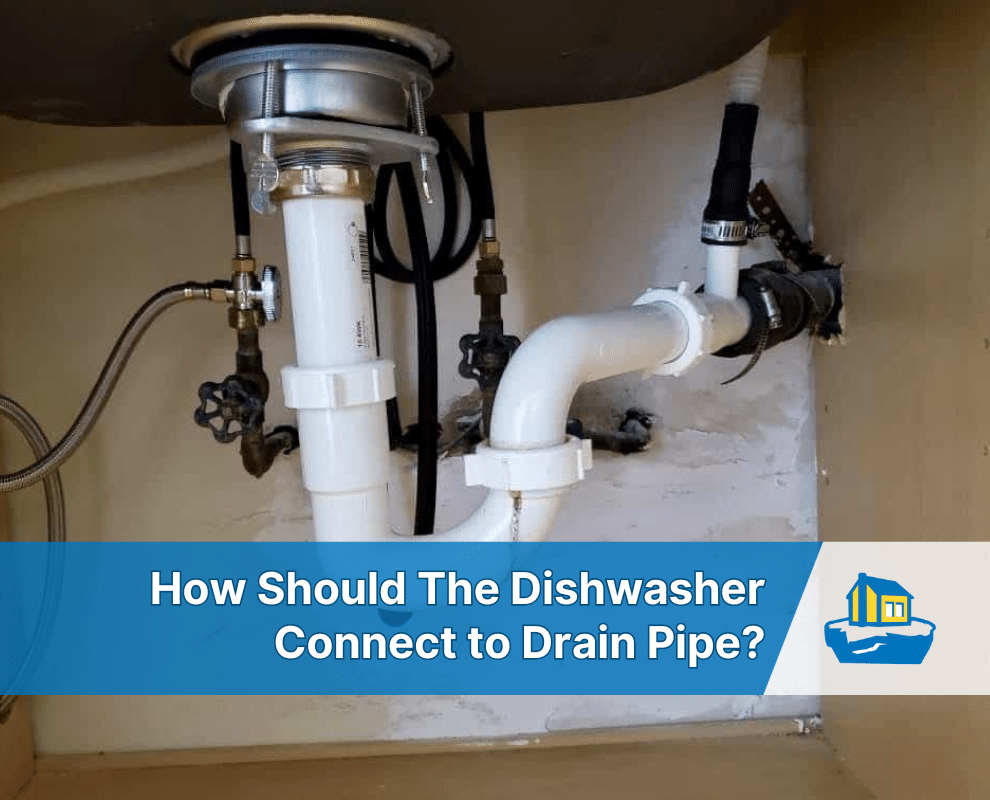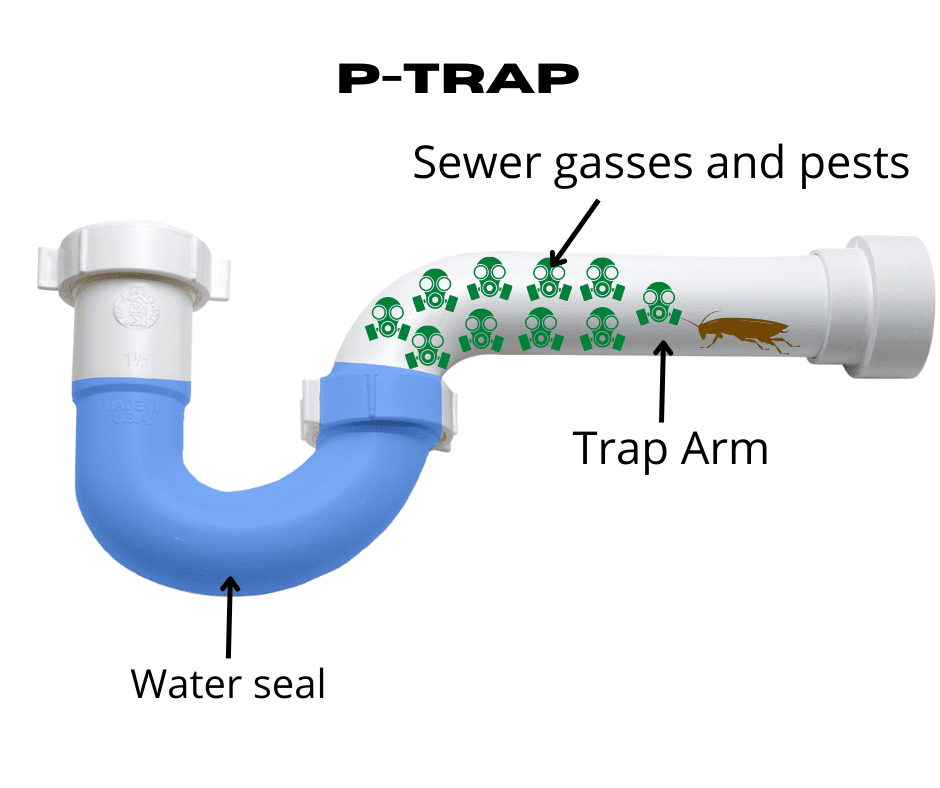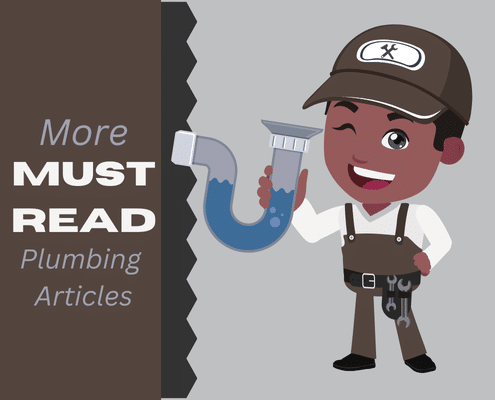4.9 1890+ Google Reviews

This house is only a few years old so the video is great reminder that all homes need to be inspected regardless of age. It also thoroughly explains the purpose of p-traps under kitchen sinks, and how the dishwasher should be connected to the drain pipe under the sink. Enjoy the video!
In short, p-traps prevent sewer gasses and pests such as mice and roaches, from entering your home. The water in the trap acts as a seal against the gasses. The dishwasher drain needs to connect before the trap. If it is connected after, then the sewer gasses will get into your dishwasher and then your home.
This also explains why vacant homes, or bathrooms that aren’t used have a sewage smell. Once the water in the trap dries out, sewer gasses and pests have access to the home.
Have you ever come back after a vacation to find a few bugs in your tub? Enough water in the trap evaporated to give the bugs access to your home!

Prevents Water Damage
A securely connected dishwasher drain helps avoid leaks that can cause extensive (and expensive) water damage under your sink or to your kitchen floors.
Ensures Efficient Dishwashing
Proper drainage helps your dishwasher run at peak efficiency, getting your dishes cleaner and helping it complete wash cycles more effectively.
Protects Against Contamination
Incorrectly installed drain lines can allow dirty water to flow backward into the dishwasher, risking contamination.
Unplug the Dishwasher
Locate the dishwasher’s electrical cord under the sink or in an adjacent cabinet. Remove the plug from the outlet or switch off the circuit breaker that controls the dishwasher.
Shut Off Water Supply
While you won’t need to shut off your entire home’s water, it’s a good idea to turn off the dedicated water supply valve for the dishwasher or at least the kitchen’s main faucet line.
Safety Tip: Always ensure both power and water are off before working on any appliance installation to avoid injury or water damage.
Many local building codes have specific requirements for dishwasher drain connections. Some areas mandate an air gap fixture or a high loop to prevent backflow. Check your local codes or consult a professional if you’re unsure.
Connecting to a Garbage Disposal
Connecting to a Sink Drain (Tailpiece)
To avoid dirty water from the sink flowing back into your dishwasher:
High Loop Method
Air Gap Method
Expert Tip from KitchenAid: If you’re following a high loop installation, ensure the hose is secure and won’t sag over time, as a sagging loop can create drainage issues.
Secure All Clamps
Use a screwdriver or nut driver to firmly tighten all hose clamps, making sure there’s no wiggle room or gap for water to escape.
Turn on the Water and Power
Run a Test Cycle
Select a short rinse cycle to test for proper drainage. Pay close attention to the drain phase to confirm there are no leaks, unusual sounds, or odors.

What is the Purpose of a P-Trap?
Should You Replace Cast Iron Pipes?